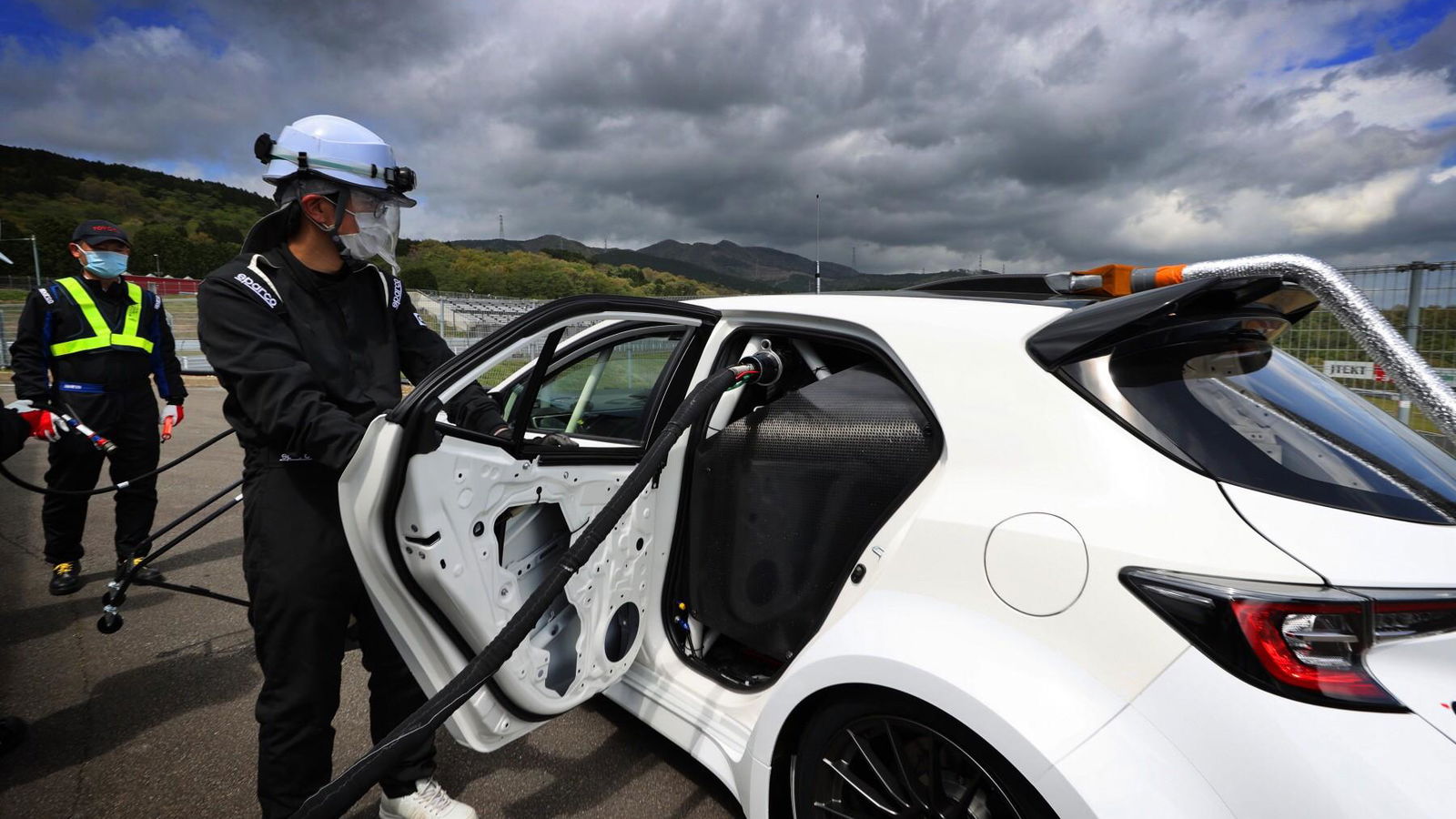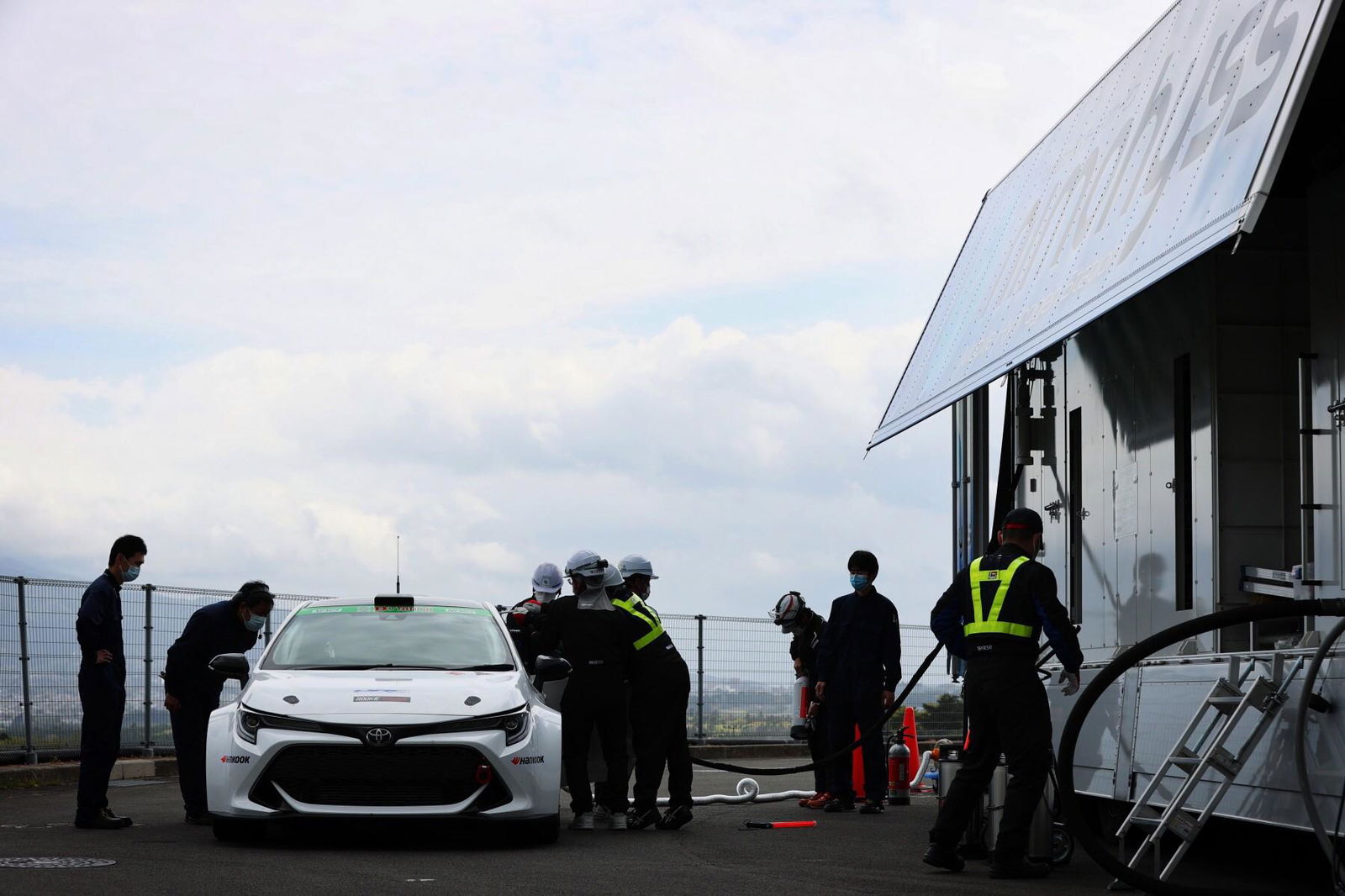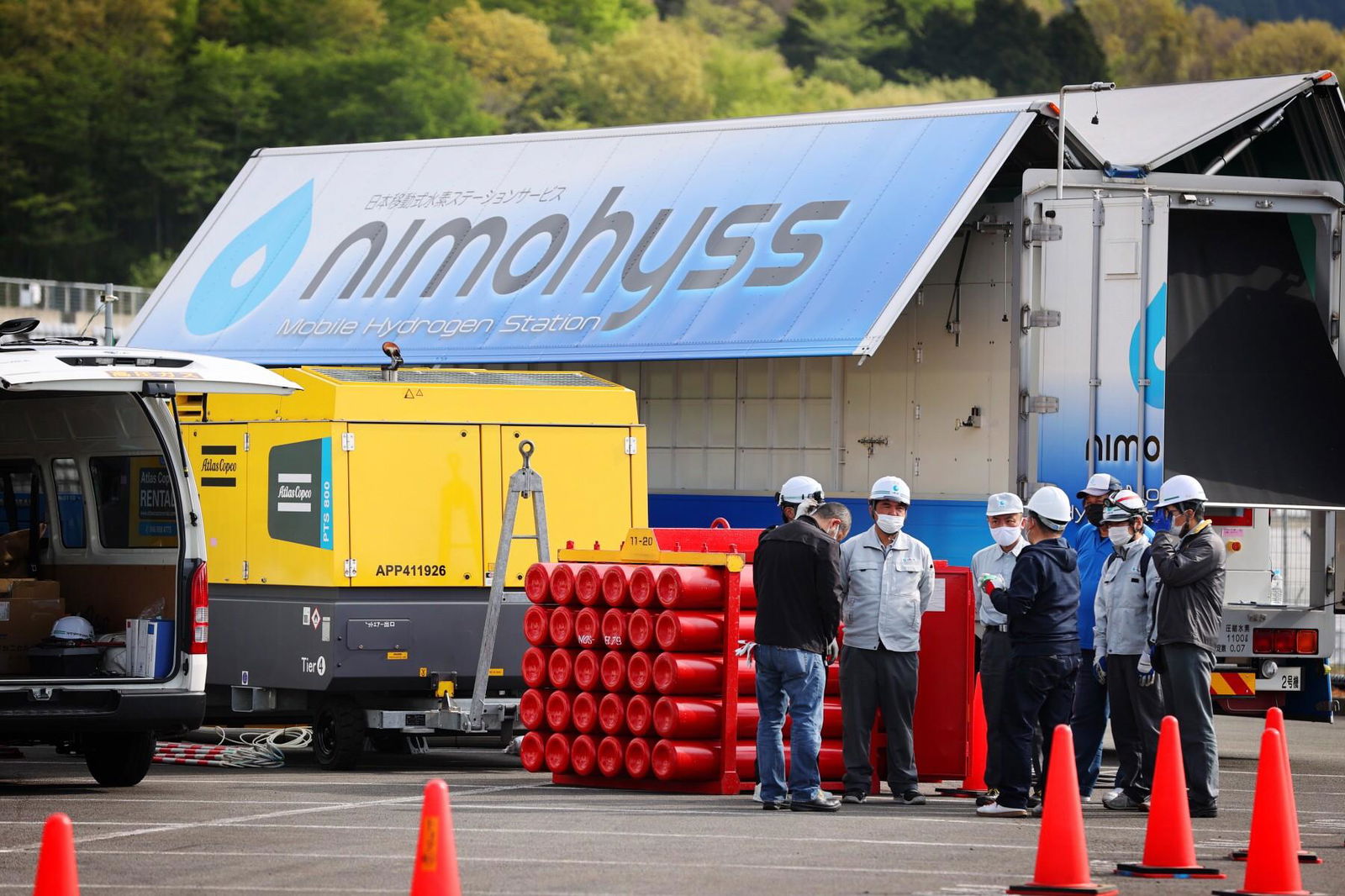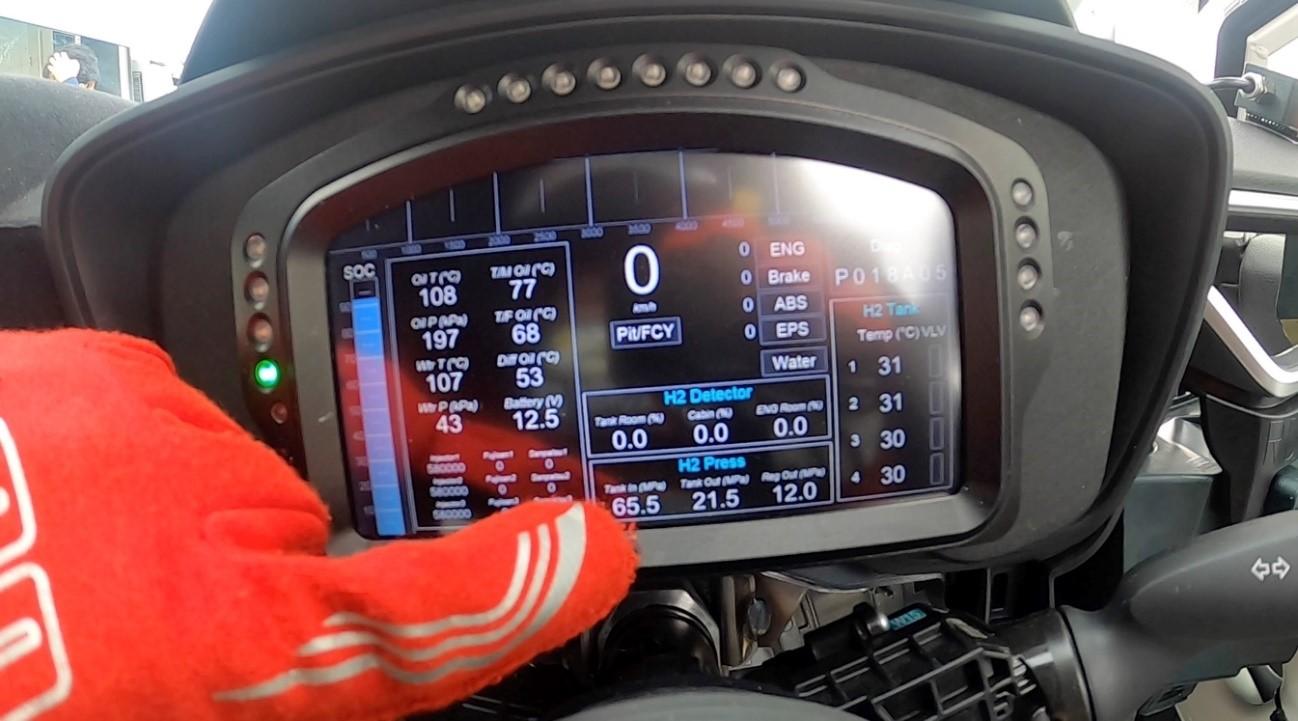How Toyota Will Keep A Hydrogen-Powered GR Yaris Engine Going In A 24-Hour Race

There’s a reason why hydrogen cars tend to revolve around a fuel cell powering an electric motor. Yes, you can replace petrol with hydrogen, and in return, you’d get more responsiveness since it burns faster. Too fast, really.
Hydrogen burns about eight times as quickly as petrol, which is why Toyota‘s plans to run a Corolla with a hydrogen-fuelled internal combustion engine at the Fuji Super TEC 24 Hours have raised eyebrows. We were left with more questions than answers when the announcement was made a few weeks ago, but now the key quandary has been dealt with - refuelling.

On its ‘Toyota Times‘ news page, the company has detailed how the car will be kept fueled. As you’d expect, it’s going to require a lot of stops, with the engineers reckoning the GR Yaris-borrowed 1.6-litre inline-three will go 13-15 laps before needing more hydrogen. Based on the length of Fuji Speedway, that equates to around 36-42 miles.
Sticking big, pressurised gas canisters in an active pit lane isn’t the best idea for obvious reasons. So, the Corolla will stop in its pit box to get fresh tyres and have any other mechanical considerations seen to before peeling off into a designated area on the edge of the paddock.

Here, Toyota will have two mobile hydrogen filling stations ready and waiting. The Corolla will need to take on hydrogen from each, which will actually speed things up. It’s all to do with the pressure difference - to begin with, the refilling canister will be at a considerably higher pressure than the car’s tank, making the hydrogen flood in at a fast rate.
As the pressure equalises, the flow will slow down, at which point it’s time to jump back in the car, move it a short distance to the other filling station, and bring back the pressure differential to speed things up. All of this should take about five minutes, which is impressive, but an eternity in racing terms - Toyota will surely need to rely on other teams experiencing mechanical drama to climb up the order.

The makeshift refuelling area will be treated as a pit lane, with all related safety measures such as the use of flameproof overalls in full force. Toyota has also applied for special permission from Shizuoka Prefecture authorities to store all those hydrogen cylinders in one place, since it exceeds the normally allowed quantity under Japan’s High Pressure Gas Safety Act.
The curious project is all about envisioning a low emissions motoring future that’s about more than just electric vehicles. “We announced our hydrogen engine at this timing because we want to attempt to demonstrate that internal-combustion engines can be useful in achieving carbon neutrality,” Toyota CEO Akio Toyoda said, adding, “We want to turn them into a platform that mechanics and private garages, which support motorsports, can use in the future”.
Toyoda himself will be piloting the car under his racer pseudonym ‘Morizo’ at the race this weekend, as part of a driver line-up that includes Kamui Kobayashi.



Comments
Knew it was going to be like this. As per my comment on the previous Toyota hydrogen ICE article:
Interesting approach, but efuels make so much more sense. The volumetric energy density of hydrocarbon fuels is several times higher than even pure liquid hydrogen. The problem is that pure hydrogen is one of the worst ways of storing hydrogen. Even ammonia has a higher amount of hydrogen per liter than pure liquid hydrogen. Not very competitive to race a car that needs a hydrogen fill up after a few laps. Efuels wouldnt have this problem.
Either that or stuff the entire interior space of the car with hydrogen tanks, barely leaving space for a driver.